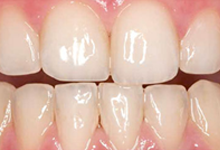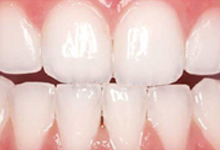

How Does Tooth Whitening Work?
There are many ways to whiten the teeth right from whitening toothpastes to other products that can remove many surface stains, to light-activated whitening techniques. All whitening techniques mainly work in two ways either the bleaching procedures or the non-bleaching procedures.
What is bleaching and non-bleaching procedures?
Bleaching procedure is the one which uses bleaches that contain an active ingredient, most often carbamide peroxide or hydrogen peroxide in concentrations of 10-22%, which helps remove both deep and surface stains. A non-bleaching procedure works by physical and/or chemical action to help remove surface stains. All toothpastes rely on mild abrasion to remove surface stains between dental visits. Whitening toothpastes have special chemical or polishing agents that provide additional stain removal.
Why should I whiten my teeth?
Tooth whitening is preferred in order to avoid the embarrassment of yellow teeth due to natural aging process or due to stains caused by over-consumption of tea, coffee and cola. Whitening the teeth not only gives a younger look but also boosts the confidence level and hence self esteem.
How safe is tooth whitening?
Over a decade of research has proven bleaching and other whitening methods to be both safe and effective. Several products in the market today have shown no adverse effects on teeth or gums in substantial clinical and laboratory testing. In the past, the higher bleach concentrations used in-office treatment resulted in more sensitivity. Today, however, aching gels are well buffered, making sensitivity less of an issue. Sensitivity may occur in people after whitening procedures, particularly when they eat hot or cold foods, but usually disappears after 48 hours and stops completely when treatment is stopped.
Who should avoid teeth whitening?
Whitening procedures should not be done while a woman is pregnant because the effect of the whitening materials on the development of the fetus is not known. Since the procedure is cosmetic and option, it should be postponed until after delivery.
 before
before
 after
after

"We provide convenient hours and affordable prices so you can have the smile you've always wanted"
